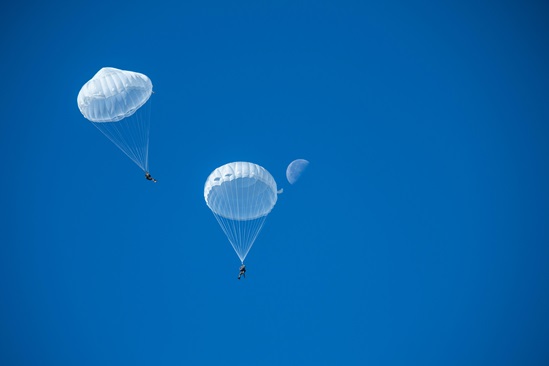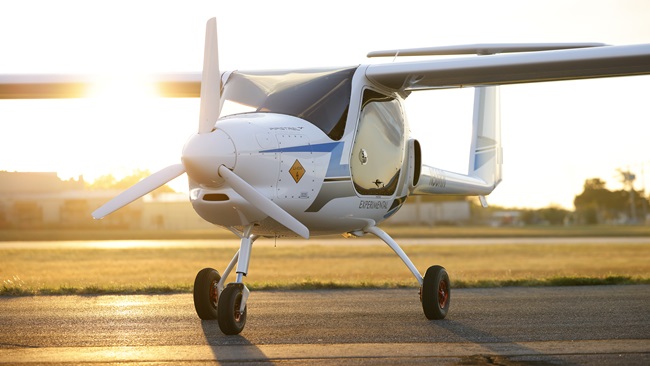More highs, lows for hydrogen aviation
Mixed results for millions spent
Using hydrogen as fuel with pure water as the only emission has long given fuel cell power a tantalizing upside. Fuel cells helped power NASA to the moon, though the technology has struggled to find a foothold in aviation. A recent flight in Germany of a twin-fuselage aircraft with four seats and a single electric motor followed the departure of another once-touted hydrogen aircraft from Edwards Air Force Base—Boeing’s Phantom Eye, which first flew in 2012. It left the California desert Aug. 30 on the bed of a truck, headed for a museum.
If Phantom Eye is a cautionary tale, the Sept. 29 flight by HY4, as the European fuel cell aircraft has been dubbed, was celebrated with a sense of optimism. It was called the “first official flight” in a news release by the by the German aerospace agency Deutsches Zentrum für Luft- und Raumfahrt (DLR), though one photo posted with the announcement references in a caption a prior test flight made in Slovenia. That is where aircraft maker Pipistrel designed the twin-fuselage airframe to be powered by a hydrogen-fueled system consisting of a fuel cell, battery, and electric motor developed by DLR in the latest of many attempts to make hydrogen a practical aviation fuel.
The 80-kilowatt motor in the HY4 equates to 107 horsepower, and delivers a maximum speed of 107 knots, according to the press release. The HY4 needs help from a high-performance lithium battery to generate takeoff power, and that has also been the case with earlier attempts at this configuration. In 2008, Cecilio Barberán flew an HK 36 Super Dimona motor glider in which the motor was powered by a 200-pound hydrogen fuel cell augmented by a lithium ion battery that would fill the power gap for takeoff and climb. At 3,300 feet, the battery was disconnected and the experimental configuration flew for 20 minutes, straight and level, at about 60 mph, marking the first time a manned aircraft flew on fuel cell power alone.
That was a Boeing Research & Technology project. Boeing did not envision using fuel cells as the primary source of aircraft power, but rather as an alternative to bleeding off engine power to feed electrical systems. By reducing or eliminating the use of engine-driven generators, a small but (in the context of airline operations) significant fuel savings can potentially be achieved.
The potential of fuel cells has also proved to have limits, and it remains to be seen if DLR and its European partners can transcend those limits to realize a vision of zero-emission commuter transport powered by hydrogen.
Boeing, working with Bal Aerospace, Aurora Flight Sciences, Ford Motor Co., and MAHLE Powertrain, developed the Phantom Eye, an unmanned aircraft powered by fuel cells and designed to carry payloads of 2,000 pounds or more, and remain aloft for days. It was unveiled in 2010, and sent to Edwards Air Force Base for testing and development. The Phantom Eye made its first flight in June 2012, and Being eventually landed a contract to install a secret payload for the U.S. Missile Defense Agency. Phantom Eye made a total of nine flights, reaching a maximum altitude of 54,000 feet, before being placed in storage. The lone prototype was loaded on a truck in August and shipped to the Air Force Flight Test Museum, according to a report by IHS Jane’s 360 that included a photo of the ignominious departure released by the Air Force.
Boeing (and its partners) are not alone giving up on a hydrogen-powered project. AeroVironment Inc. developed another massive drone powered by hydrogen for the same basic mission of long-endurance surveillance. The demise of the Global Observer was reported in 2013, though the cause of that program’s death, after millions had been spent, was never made clear to the public.




